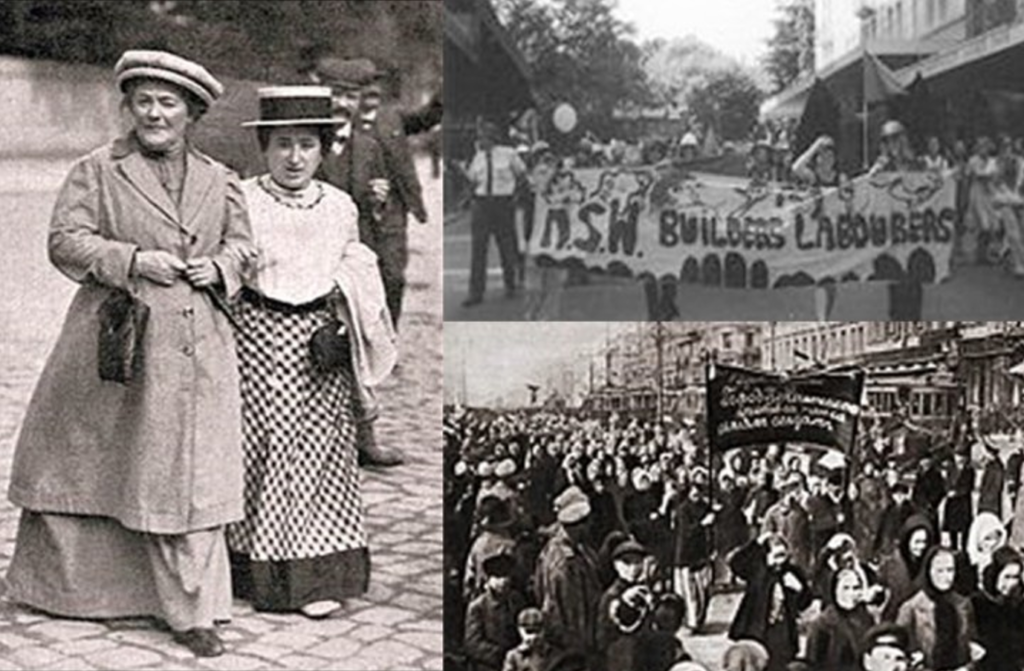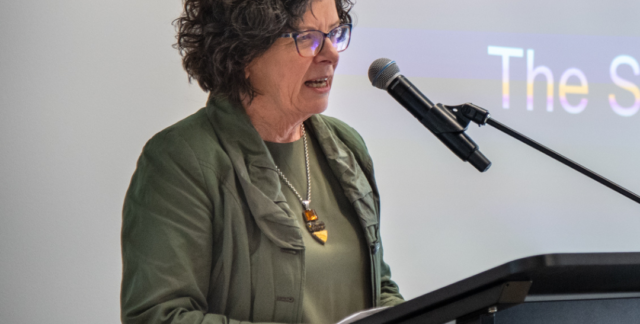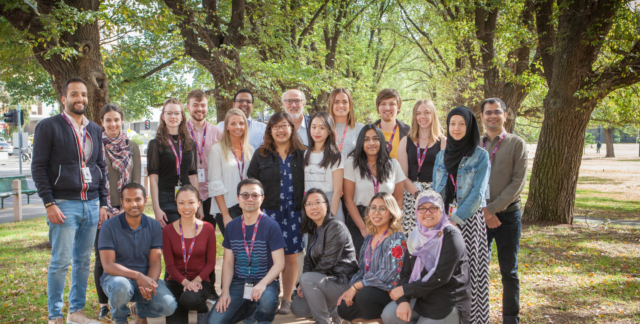International Women’s Day (IWD) is celebrated on 8 March every year and is a focal point in the movement for women’s rights.
So how did it come about, and why do we celebrate IWD on this date?
After the Socialist Party of America organised a Women’s Day on 28 February 1909 in New York, the 1910 International Socialist Women’s Conference suggested that a Women’s Day be held annually.
After women gained suffrage in Soviet Russia in 1917, 8 March became a national holiday there. The day was predominantly celebrated by the socialist movement and communist countries until it was adopted in 1975 by the United Nations (UN).

Women’s rights and world peace
The UN began celebrating International Women’s Day in 1975, the International Women’s Year. In 1977, the UN General Assembly invited member states to proclaim 8 March as the UN Day for women’s rights and world peace.
Today, International Women’s Day is a public holiday in some countries, ignored in some countries, a day of protest in others, and in other countries it is a day that celebrates womanhood and women’s achievements.
As well as the early Women’s Days in America and the Soviet Union, other countries were also inspired to have their own days.
Women’s Days in Europe
In August 1910, an International Socialist Women’s Conference was organised to precede the general meeting of the Socialist Second International in Copenhagen, Denmark.
Inspired in part by the American socialists, German Socialist Luise Zietz proposed the establishment of an annual Women’s Day and was seconded by fellow socialist and later communist leader Clara Zetkin, supported by Käte Duncker. Delegates – 100 women from 17 countries – agreed with the idea as a strategy to promote equal rights including suffrage for women.
On 19 March 1911, IWD was marked for the first time, by more than a million people in Austria, Denmark, Germany and Switzerland.
In 1914, IWD was held on 8 March in Germany. In London, UK, there was a march from Bow to Trafalgar Square in support of women’s suffrage on the same day.
Women’s Day in Australia
In Australia, International Women’s Day has been informally celebrated since the early 1920s.
The first Australian IWD rally, organised by the Militant Women’s Movement of the Communist Party of Australia, took place on 25 March 1928 in the Sydney Domain. IWD marches in Sydney and Melbourne occurred in 1931.
IWD gained momentum in Australia around the time of the Second World War. Activists such as Jessie Street campaigned for women’s rights as workers, as women at the time were often paid only 54 per cent of men’s wages.
During International Women’s Year in 1975, large marches marked International Women’s Day. The Whitlam government supported a series of events throughout the year including the Women and Politics Conference in September, which examined how women were represented in Australian politics.
These days, International Women’s Day is marked in Australia with a diverse array of events including marches, rallies and fundraising events.



